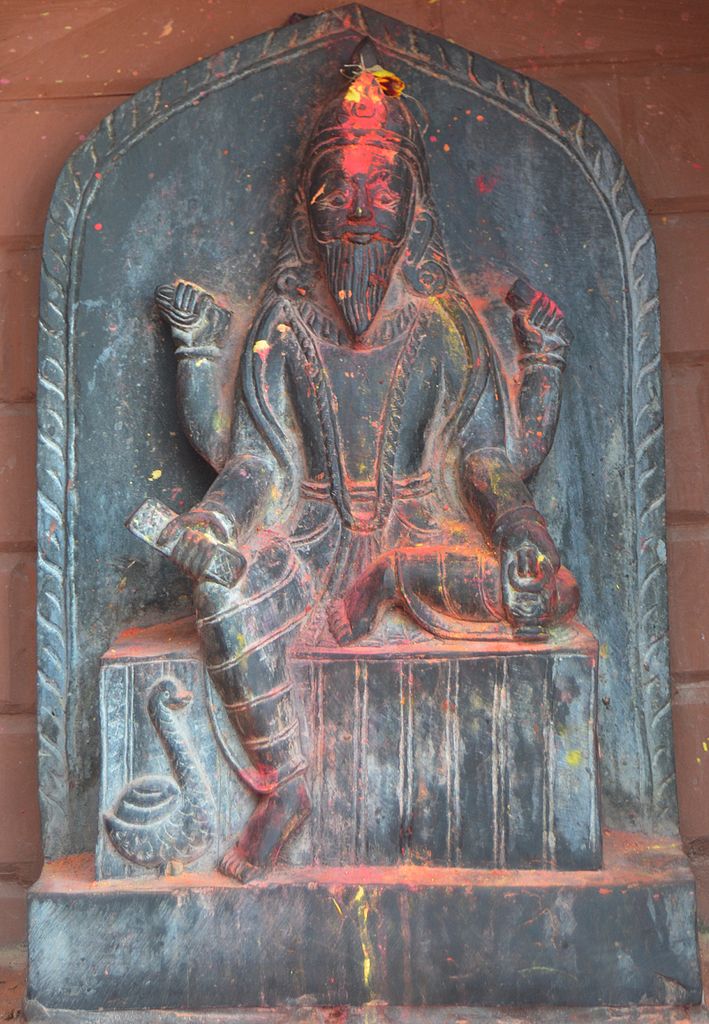Welcome to our last newsletter of 2023, dear readers, with our best wishes for the new year.
• Our first library selection this month is an article on “Buddha as a Musician”, explaining the place of music in Buddhist scripture and life, its Paradisal associations, and the symbolism of the vina or arched harp.
Ecclesiastical orchestra music seems largely confined to Paradise, where its principal inhabitant—the Buddha—now again listens to music daily. Although some earthly scenes depict musical performances, they seem to be symbolic or teeter on the threshold of Paradise.
• In Ananda K. Coomaraswamy’s book The Indian Craftsman, supplemented with valuable appendices, we have a full exposition of the practical, political and symbolic aspects of the role of artisans in traditional Hindu society.
The painter must be a good man, no sluggard, not given to anger, holy, learned, self-controlled, devout and charitable, free from avarice, such should be his character… He should draw his design in secrecy, after having laid the cloth quite flat. He may paint if besides the painter only a sadhaka be present, but not if a man of the world be looking on.
A Nepali statue of Vishvakarman, holding his tools and sitting next to his vehicle (vahana), the goose.
• And we complete our selection with a translation of the Treatise of Hatim, a 15th-century text in the tradition of chivalrous humanity and heroic generosity (muruwwat and futuwwat/jawanmardi), full of exemplary stories on the virtues cultivated in the Sufi path.
The jawanmard is the spirit’s sweetheart.
The spirit’s purity from this does start.
The wine of joy is his only potion,
In his name is the sign of devotion.
If you want the truth, the jawanmard’s the wali,
Kindness is the trade of the King of Men, ‘Ali.




